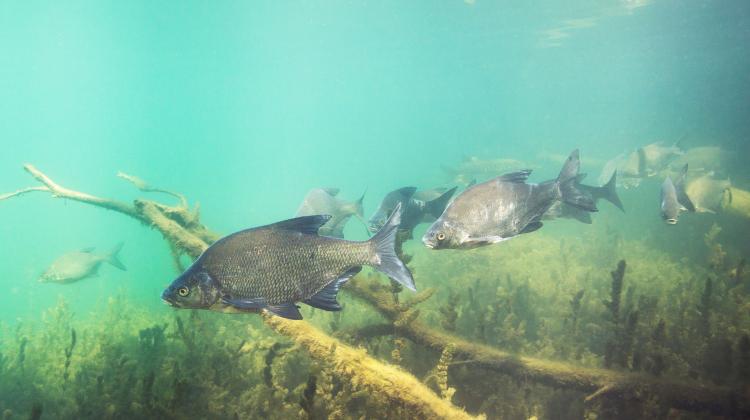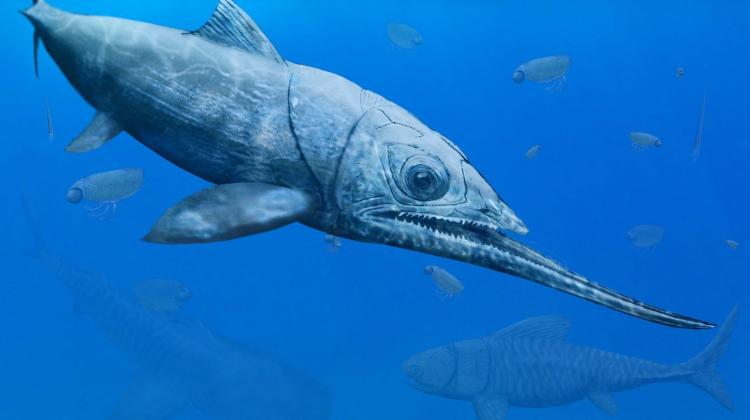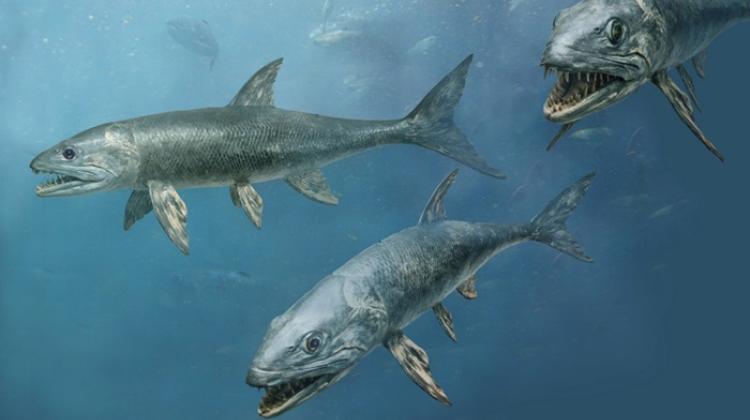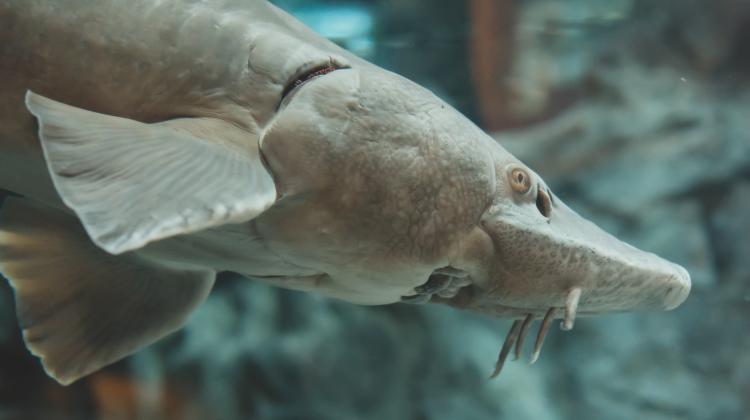Over 200,000 km of river fish habitats in Europe lost due to impoundments
 Credit: Adobe Stock
Credit: Adobe Stock
Over 200,000 km of river fish habitats in European rivers have been altered due to man-made barriers and the creation of dam lakes. This fragmentation of a free-flowing rivers contributes to the loss of biodiversity in the aquatic environment.
'Two hundred thousand kilometres of rivers is just over 10 percent of the length of all rivers in Europe, or the length of all rivers in Italy. It is really a lot,’ Professor Piotr Parasiewicz, head of the River Fisheries Department at the National Inland Fisheries Research Institute, the first author of the publication on the topic in the journal Nature Communications, tells PAP - Science in Poland.
European rivers are probably among the most fragmented rivers in the world, as they are divided by over a million man-made barriers. Forty percent of these barriers create dam lakes. Scientists from the team led by Professor Parasiewicz focused on the impact of dam lakes on fish habitats.
Barriers (such as dams, weirs, locks, culverts, fords and ramps) physically limit the migration of aquatic species and contribute to the modification of freshwater habitats, and the resulting fragmentation of rivers may negatively affect the sustainable development of freshwater ecosystems.
'Rivers naturally flow from top to bottom and the entire water ecosystem is adapted to this: water flows freely, carrying rubble and nutrients. In addition, river fish migrate, although some only over short distances. All the vessels are connected. A barrier interrupts this connection,’ says Parasiewicz who is mainly involved in developing tools for managing rivers and protecting fish habitats.
One of the effects of building river barriers is the creation of dam lakes. 'Water pools created by artificial barriers change the river's hydraulics, creating environments similar to ponds, but there are fish in the river that need free-flowing water, not standing water. In addition, the water temperature in dam lakes changes, so in the river below the barrier it is often higher and the water is polluted; the substrate is also changing. All this has a negative impact on fish habitats,’ Parasiewicz says.
The solution may be to gradually remove unnecessary barriers. 'Fortunately, in Europe, but also elsewhere, we see a trend of dismantling unnecessary barriers, not building them. For example, in Estonia, barriers along the entire river are being dismantled so that fish (in this case - salmon) can migrate. Poland is a unique place where we still want to build barriers,’ he says.
The researcher adds that these activities are consistent with the European Union strategy, which sets the goal to restore 25,000 km of freely flowing rivers. 'It is estimated that in Europe, about 15 percent of existing barriers are no longer used and unnecessary objects. Their removal will unblock many thousands of kilometres of rivers,’ says Professor Parasiewicz.
He adds, however, that it is not about removing all barriers, because some are needed, e.g. barriers creating hydroelectric power plants. 'We now have technological capabilities that can reduce the negative impact of barriers on the environment. For example, barriers can be lowered slightly, which will improve the habitat situation and will not result in a significant loss of generated energy,’ he says.
'Interestingly, our research shows that one larger barrier is less harmful than many small ones,’ he adds.
What else can be done to restore fish migration? 'You can install fish ladders, although they are not 100 percent efficient. Another solution are ramps, which are particularly useful in mountain rivers where the water flows quickly. Each solution should be tailored to a specific location. The impact of barriers themselves is very complex; we must approach it sensibly,’ says Parasiewicz.
Moreover, in the above-mentioned publication, the team of scientists proposed a classification of European rivers into 15 types of macrohabitats. 'Based on biological and geographical data, we have developed a model of the occurrence of a specific composition of fish species for specific types of rivers. This model is very useful in managing the process of river restoration and protection. One of the strongest anthropogenic effects on rivers is species change, when the existing natural balance is disturbed by many factors, including climate change, building barriers, regulations, etc. Our model may be the situation we would like to achieve,’ Parasiewicz adds.
The conclusions published in the paper in Nature Communications are the result of research by an international team working in the AMBER project financed by the EU scientific research and innovation programme Horizon 2020.
PAP - Science in Poland, Agnieszka Kliks-Pudlik
akp/ zan/ kap/
tr. RL
Przed dodaniem komentarza prosimy o zapoznanie z Regulaminem forum serwisu Nauka w Polsce.


















